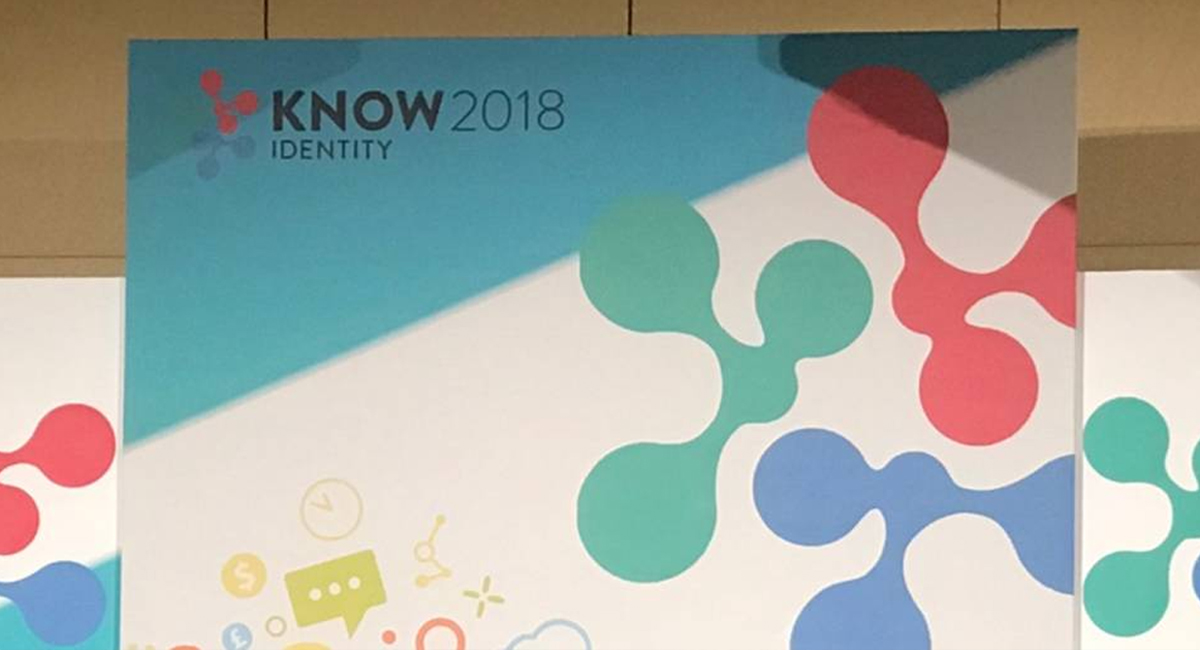
June 22, 2020 | Veratad Blog | Category: Veratad Technologies Blog
What Is Flexible Identity Verification? Top 3 Benefits
Identity verification is an absolute necessity for most businesses. But there are multiple ways to do it and each has its own strengths and weaknesses. In this post, we review how to combine methods to create a more balanced, flexible identify verification solution.
What Is Flexible Identity Verification?
The goal of verifying a user’s identity is to solve a specific business problem, like combating fraud or managing liability. From there, a verification provider will provide methods to accomplish those objectives. Flexible identity verification is the practice of using more than just one of those methods.
Types of Flexible Verification Methods
So, what kinds of methods are common? Here are the five biggest:
- Identity Data
- Identity Documents
- Knowledge-Based Authentication
- Two-Factor Authentication
- Biometrics
Flexible verification allows businesses to leverage combinations of these methods to adapt to a specific business practice. This accounts for the fact that each business has different verification objectives and resources for accomplishing them. This kind of flexibility helps businesses in three critical ways.
How Does Flexible Verification Benefit Businesses?
Provides Cost Efficiencies
Every verification has a cost associated with the method of verification. An identity data verification might cost less than a dollar, but a document verification might cost a few dollars. This might seem like a small difference, but when your business is conducting thousands of verifications a day, these differences add up.
If you use an inflexible verification solution – one which limits your methods – you could end up conducting verifications that are more expensive and robust than what you actually need.
Say, for example, you wanted to verify customer identity on simple ecommerce transactions. Using document capture and verification on every purchase could be overkill, driving up costs more than necessary.
A more cost-effective way is to use the ideal method for each transaction. For a standard transaction, you might start off by verifying most transactions with identity data, which is inexpensive and keeps costs down. But sometimes a customer can’t be verified with identity data alone. You’d then escalate the transaction to a method that could provide higher confidence levels, such as documents or biometrics.
This process optimizes the costs of a verification program and increases total onboardings in a way single method solutions can’t.
Adapts to Regulatory Compliance
For many businesses, complying with complex legislation and regulatory requirements poses a serious challenge. They have to manage their liability and stay compliant without significantly driving up costs. But when laws change rapidly, this becomes very hard to do.
Your ability to keep up with these changes depends largely on how easily you can adapt your verification solution to them. A flexible verification solution can do this faster.
Say, for example, a new regulation passes that will require you to increase your verification confidence levels. A flexible solution would enable you to deploy a higher confidence level method, such as biometrics, in just a few days. This rapidly solves emerging compliance challenges without onboarding costs from changing solutions.
Satisfies Unique Industry Needs
Every industry has unique requirements when it comes to identity verification. Distinct forces, such as regulations, business practices and industry standards, make transaction and onboarding processes unique. Because of this, many businesses benefit from a verification solution designed to address those industry-driven goals and challenges. In a lot of ways, this is pretty intuitive. Healthcare providers and financial services companies are different, so their verification solutions should be too.
At the same time, industries also change. Regulations, risk tolerance and demographics develop over time, requiring new ways of verifying transactions. Flexible verification allows you to adapt more rapidly to new challenges and opportunities while keeping costs to a minimum.
For example, government pressure and the growth of online sales has completely changed the landscape for electronic cigarettes. Sellers and distributors of these products have fundamentally different challenges today than they did a year ago. Because of this, the verification solutions they use to address these challenges have had to adapt.
Conclusion
Flexible identity verification uses versatile technology to provide the exact verification method you need. With a customized verification process, your business can manage costs while keeping up with changing industry and regulatory challenges.
Finding a versatile way to verify user identity can be difficult. If you’d like to learn more about implementing a flexible identity verification solution, set up a consultation today.



